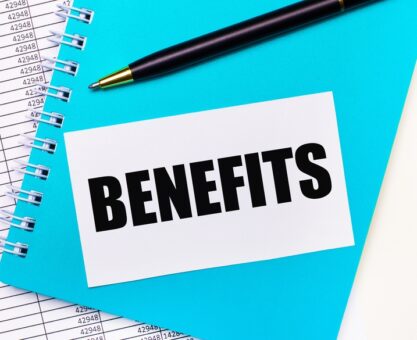A Thrift Savings Plan (TSP) loan allows federal employees to borrow money from their TSP retirement savings. It can be a useful option for covering expenses like buying a primary residence or weathering tough financial times, but it’s important to understand how it works and its potential impact on your retirement savings.
There are two types of TSP loans: general purpose loans and primary residence loans. General purpose loans can be used for any reason, require no documentation, and have a repayment term of 1 to 5 years. Primary residence loans are specifically for buying or building a primary home (not for refinancing or renovations), require supporting documentation, and offer a longer repayment term of 61 to 180 months. The minimum amount you can borrow is $1,000, and the maximum is the smallest of: your own contributions and earnings in the account (not including agency contributions), 50% of your vested balance or $10,000 (whichever is greater), or $50,000 minus any outstanding TSP loan balance from the past year.
To apply, you log in to your TSP account at tsp.gov under “My Account” or contact the ThriftLine. Online applications are typically processed faster, with funds disbursed within a few days, while paper applications may take weeks. Repayment is automatic through payroll deductions, and the interest rate is tied to the G Fund rate at the time the loan is issued (historically low compared to many other loans). The interest you pay goes back into your TSP account, but there’s a one-time $50 fee deducted from the loan amount.
Eligibility requires you to be an active federal employee in pay status, with at least $1,000 of your own contributions in the account. You can’t take a loan if you’ve separated from service or repaid a similar loan within the last 30 days. You’re limited to one of each loan type at a time (e.g., one general purpose and one residential).
There are some key considerations. While you’re borrowing from yourself, the money you take out won’t earn investment returns until it’s repaid, which could reduce your retirement savings over time. If you miss payments or leave federal service with an outstanding balance, the loan could default. For active employees, this becomes a “taxed loan,” reducing your account permanently unless paid off. For separated participants, it’s treated as a taxable distribution, potentially with a 10% early withdrawal penalty if you’re under 59½.
Before taking a TSP loan, weigh the trade-off between immediate needs and long-term retirement goals. You might also explore alternatives like personal loans or emergency savings. Schedule a free consultation with a Federal Retirement Consultant® who can help you explore your options.


























